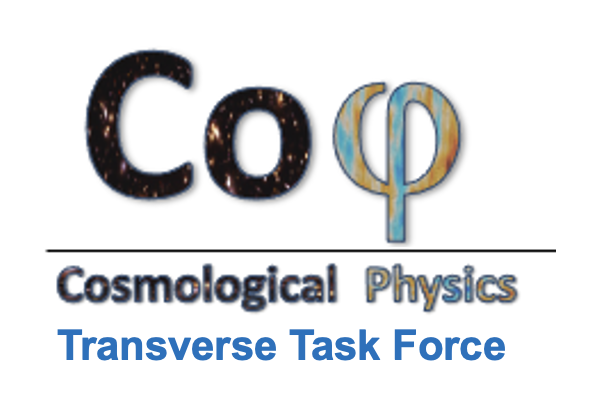Orateur
Description
The entanglement shared by the emitted particle fluxes is the very quantum signature of the Hawking process. Stimulated and spontaneously generated Hawking radiation has been experimentally investigated in several platforms, but measuring entanglement has proven to be elusive, due to its faint and fragile character. In this talk, I will discuss the main results of my work on optical analog white-black hole pairs sharing an interior and produced within a nonlinear optical material. In particular, I will discuss the tunability of entanglement based on the input quantum state. For instance, the use of single-mode squeezed states increases the amount of entanglement in the Hawking process in a controllable way which opens a promising avenue for confirming the quantum origin of the Hawking effect in the lab. To make contact with experiments, I explore the effects of ambient noise, such as thermal fluctuations, and detector inefficiencies on quantum correlations. Interestingly, we find that entanglement generated in the optical setups is naturally shielded against thermal fluctuations being at rest in the laboratory frame. Finally, I investigate the optical lasing configuration and utilize it as an alternative way of amplifying the amount of entanglement in the Hawking process.

